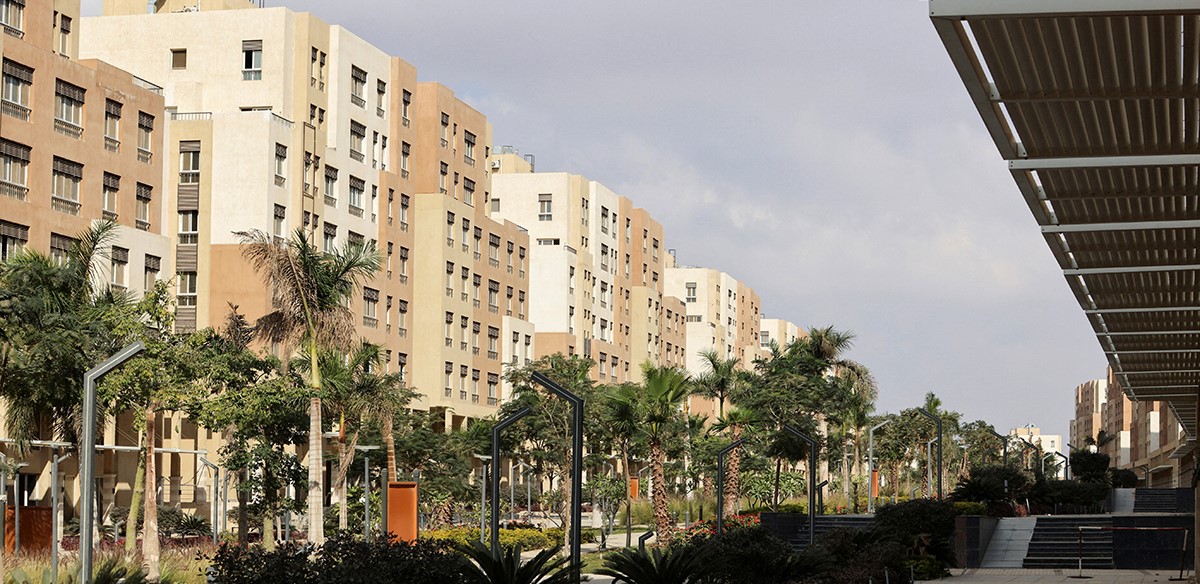(3 Minutes Read)
The first set of residents are trickling in at Egypt’s new capital which is located in the desert 45 km east of the current capital. The country is now planning an expansion and intends to spend billions to double the size of the new capital.
The first set of residents are trickling in at Egypt’s new capital which is located in the desert 45 km east of the current capital. The country is now planning an expansion and intends to spend billions to double the size of the new capital. The city is the biggest of a series of mega-projects that President Abdel Fattah ai-Sisi says are needed for economic development and to accommodate a growing population of 105 million, but critics say divert resources and increase Egypt’s debt burden. Government employees transferred in July to ministries and offices built in the new city’s first phase, eight years after the launch of the project known as the New Administrative Capital (NAC).
Built on virgin land, the city is designed to serve as a high-tech model for Egypt’s future away from the clutter and chaos of Cairo. The government wants it to absorb part of Egypt’s population, which is growing by an estimated 1.6% a year. Though the pace of works appears to have slowed recently, phase one of the city already includes a 70-storey tower – the tallest in Africa – an opera house with five halls, a mega-mosque, and the Middle East’s biggest cathedral.
An electric train from eastern Cairo began operating last spring and an elevated monorail is due to start from the second quarter of this year. Up to 100,000 housing units have been finished and 1,200 families have moved in. Major banks and other businesses will move their headquarters by the first quarter of 2024.
Read Also:
https://trendsnafrica.com/egypt-keen-to-attract-japanese-investments-identifies-areas/
The Administrative Capital for Urban Development (ACUD), the operator of Egypt’s new mega capital, is poised to appoint a consultant to draw up a master plan for the capital’s second, third, and fourth phases. Phases one and two will each have a projected 1.5 million residents, and each will cover 40,000 feddans (168 square km). Work on phase two should run from later this year until 2027.





